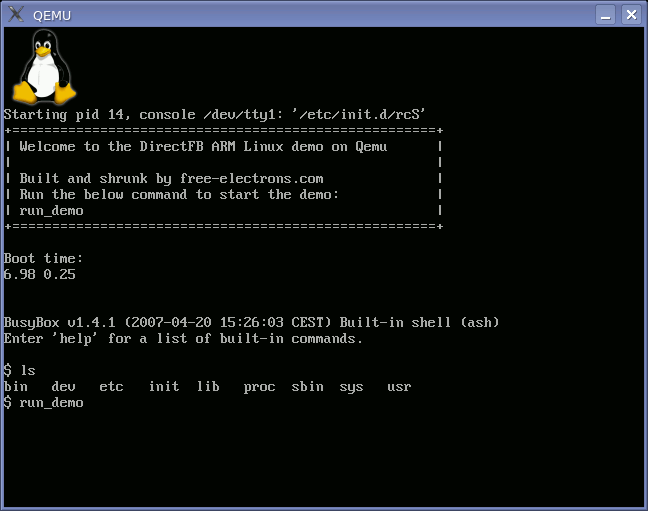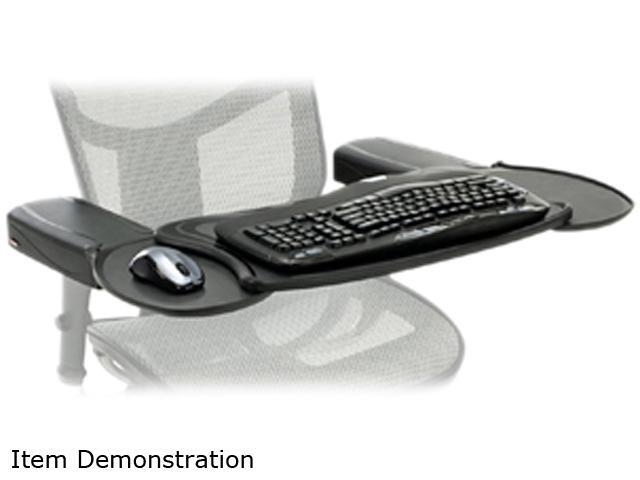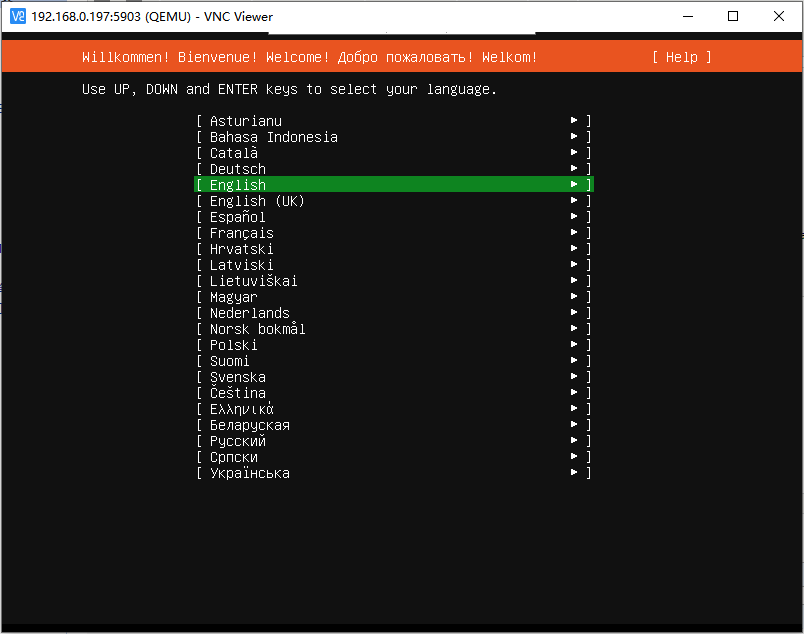

- #Qemu system arm mouse not working full
- #Qemu system arm mouse not working pro
- #Qemu system arm mouse not working software
- #Qemu system arm mouse not working license
- #Qemu system arm mouse not working iso
Since this didn’t work, I decided to use the UUP Dump method.

Unfortunately, I didn’t manage to get this to work properly and my VM was always stuck during the first boot in a “Getting Started” screen. If you are part of the Windows Insider program, there is a version available for download, using a VHDX file. The first thing we need is installation media for the ARM-based version of Windows 11.
#Qemu system arm mouse not working iso
Getting Windows for ARM on your M1 device Step 1) Create a Windows 11 for ARM ISO
#Qemu system arm mouse not working pro
Fortunately it is possible to run most 32-bit based Windows applications on the ARM-version of Windows, which are available for most applications out there.įor this article, I’ll be using a 2020 M1-based MacBook Air but this should work in the same way for an iMac, Mac Mini, MacBook Pro and even for the recently announced M1 Max and M1 Pro devices. Another negative is that there are very little applications compiled for running on an ARM-based Windows version. Microsoft decided that this is only available for sale for system builders.
#Qemu system arm mouse not working license
The downside for this approach is that there is no official way, currently, to get a license for an ARM-based version of Windows. Leaving only virtualization as a real option. As it’s using QEMU under the hood, it is capable of emulating different processor architectures (like x86-64) but it can do virtualization for the same as the host’s architecture as well.Īfter a quick test, on which I plan to create a more detailed article in the future, using emulation seems to cause a lot of overhead and turns out to be too slow to be usable currently. UTM offers QEMU-based virtaluzation and emulation with a handy GUI for both IOS and macOS.
#Qemu system arm mouse not working software
Virtualization is fast(er) but requires software written for the hardware platform it is running on.īoth of these methods can be accomplished with UTM ( ). Emulation offers maximum compatibility as it doesn’t require software written for ARM specifically but it’s pretty slow. Both methods have their advantages and disadvantages. The second involves emulation, where we will translate instructions between the running operating system (Windows in this case) and the hardware. The first involves virtualization, as we can’t (yet) run Windows natively on an M1-based machine. initrd /home/mac/work/qemu_images/initrd.img-3.0.As mentioned above, there are two options to get Windows running on an Apple M1-based device. home/mac/work/qemu_images/beagle-nano.img -localtime -net nic,vlan=1

device usb-kbd -device usb-mouse -usb -hda k en-us -append "console=ttyS0,115200n8" -serial stdio
#Qemu system arm mouse not working full
The Qemu(Linaro version) full command line follows: qemu-system-arm -M beaglexm -m 256 -sd /home/mac/work/qemu_images/beagle-nano.img The build process should proceed without any problems(for me it did). configure -perfix=/usr make make install(the -prefix=/usr is required if there is already a Qemu installed on the machine). It works like a charm with the Beagleboard image provided also by Linaro(I haven't done extensive testing but it boots and the keyboard works)! So just download the latest(August) source packages from here, unpack it and then. I also tried without the direct boot which uses the kernel and the initial ramdisk images, but still no luck.Īfter looking a bit through the Linaro wiki, especially this page I decided to download the source package for Linaro version of Qemu, which apparently has a lot of enhancements for ARM that did not make it into the upstream Qemu available for Ubuntu Natty, and build it myself. initrd /home/mac/work/qemu_images/initrd.img-3.0.0-1002-linaro-omap kernel /home/mac/work/qemu_images/vmlinuz-3.0.0-1002-linaro-omap localtime -net nic,vlan=1 -net user,vlan=1,hostname=beagle_nano hda /home/mac/work/qemu_images/beagle-nano.img k en-us -append "console=ttyS0" -serial stdio -usb What could be the problem? The Qemu command line follows: qemu-system-arm -M beaglexm -m 256 -sd /home/mac/work/qemu_images/beagle-nano.img I've tried starting both from the command line and from Qemulator GUI but with the same outcome. Both of them boot OK but then I cannot interact in any way with the virtualized system for the minimal image I get to the login prompt, it auto-logins as root but then I cannot do anything(it's very, very frustrating). I tried two types of images, one with a full Ubuntu desktop and the other with just a minimal filesystem. Basically neither the keyboard nor the mouse work once the boot process completes.

I'm trying to run a Linaro Beagleboard image under Qemu and I have trouble with the keyboard and mouse.


 0 kommentar(er)
0 kommentar(er)
